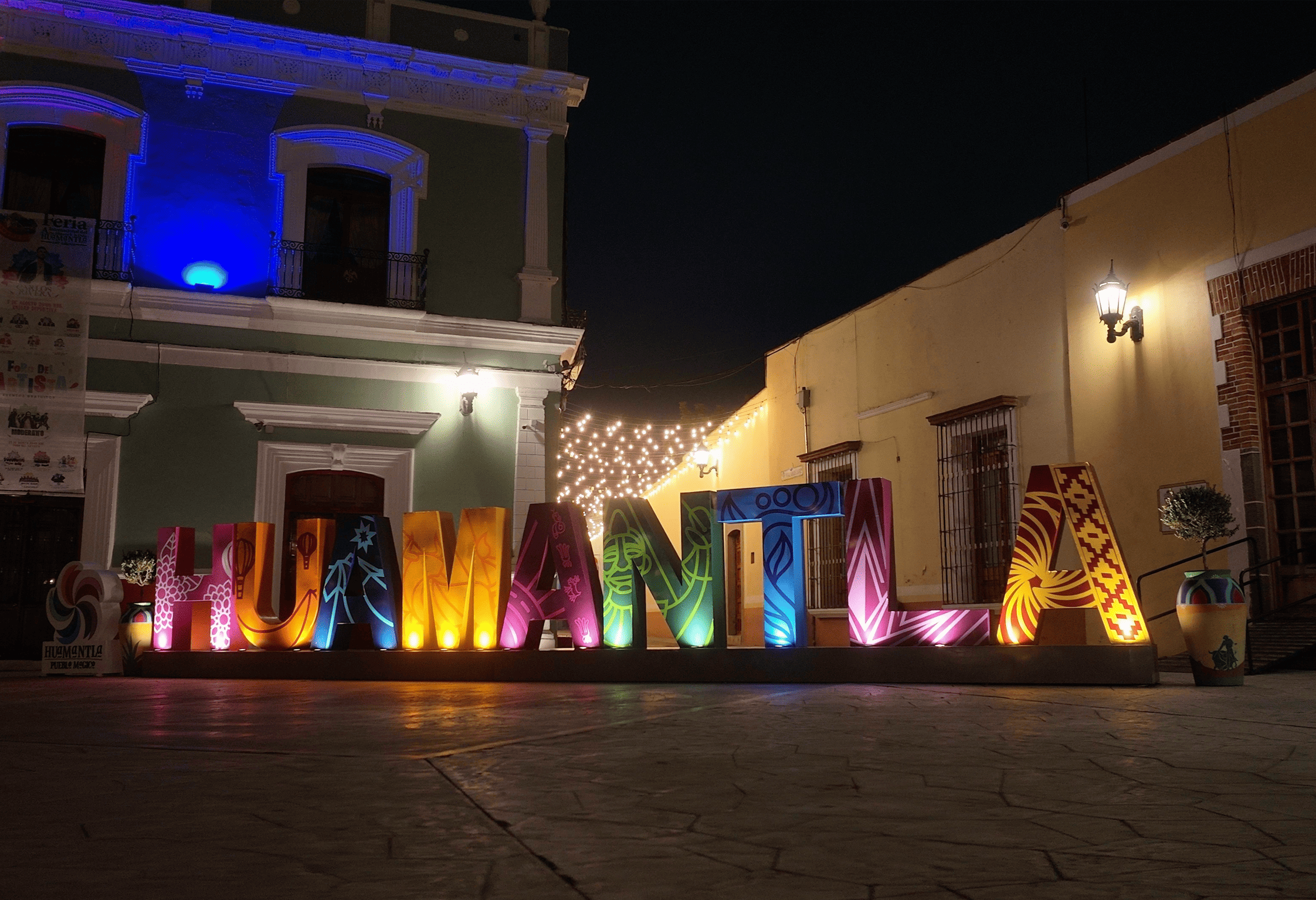Huamantla
A magnificent little town in the deep shadow of the volcano, Huamantla is likely everything you hoped for and just a touch of deep dark Tlaxcala history and intrigue.

Huamantla is a wonderful and too-little visited city in the east of Tlaxcala. With a history that stretches way back into the ancient period, the people here were only organized into a formal colonial town in 1530. And like so much of Tlaxcala, it is still very much a farm town and one with deep roots and culture.
The town is arguably most famous for the month-long tributes to Our Lady of Charity. This is highlighted by the creation of some six kilometers of sawdust carpets that blanket the city streets. The sleepless night keeps just about everyone in town awake to lay down the walkways made from intricately colored sawdust, flowers, and natural materials. The results are jaw-dropping and ephemeral.
The city also stages a famous running of the bulls called the Huamantlada on August 19. This is accompanied by many of the agricultural fair activities for which the state, and the region, are rightly famous.
Recognized as a Pueblo Magico only in 2007, the town has quickly emerged as a first stop en route to the La Malinche National Park. One of the tallest volcanoes anywhere in Mexico, it provides a looming backdrop to everything going on here. Closer to the town center, visitors go in for the famous Rosete Aranda National Puppet Museum, the Our Lady of Charity Basilica, and the Parish of San Luis Obispo de Tolouse. Some folks are lucky enough to stay in the retrofitted haciendas like Soltepec, Santa Bárbara, Baquedano, and Tecoac. But where ever you stay, the natural landscape that invites frequent forays into the surrounding forest and farmland.
The local food scene is heavy on mutton, mixiotes and barbecue most prominently. This is served accompanied by bean tlacoyos, muéganos, and dishes that rely on the areas considerable wild mushrooms. Huamantla is, of course, also a major center for puppetry, but visitors leave just as often bearing carpets and similar local textiles, rugs and carpets. Braided macramé thread, and handicrafts in corn husks and stiff braided basketry are also regional favorites.
Most people get to Huamantla from the state capital. Regular buses run the route in just about 45 minutes. Most Puebla buses will go through Tlaxcala too. Both Supra and Autotransportes Tlaxcala make the trip from the TAPO station in Mexico City. From there, the trip is still just a little over two hours.